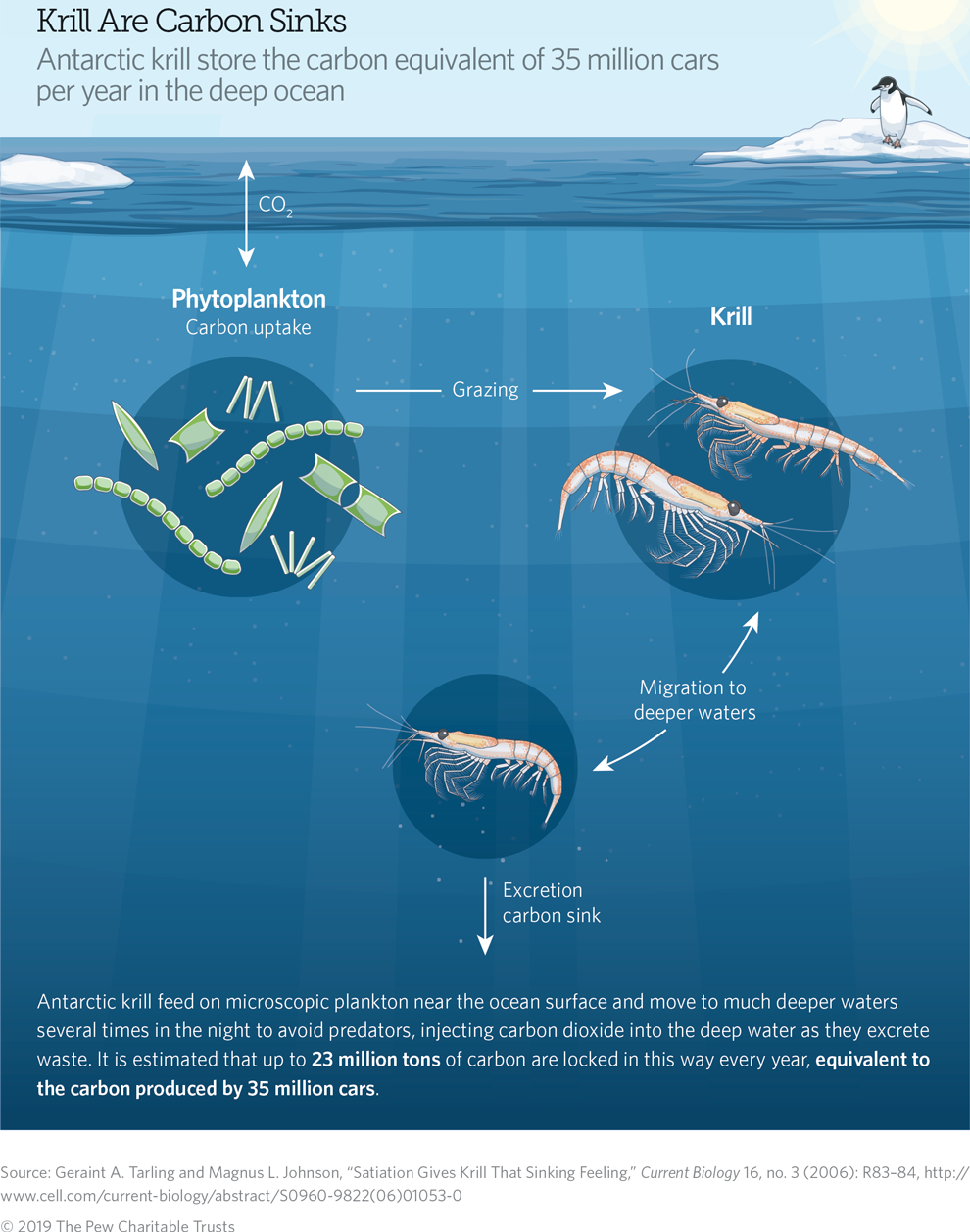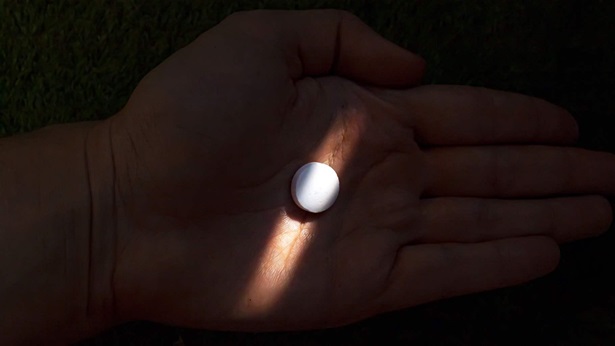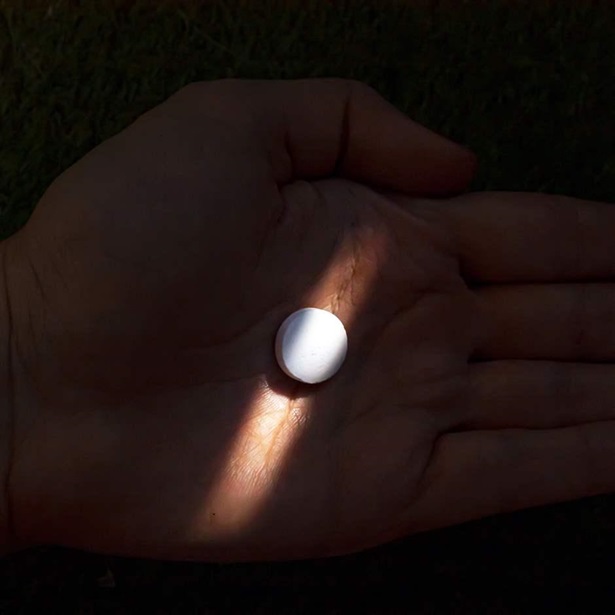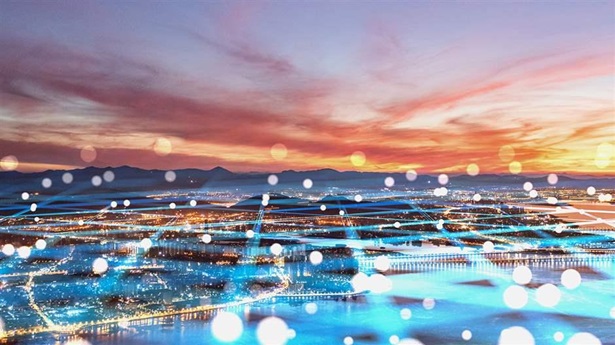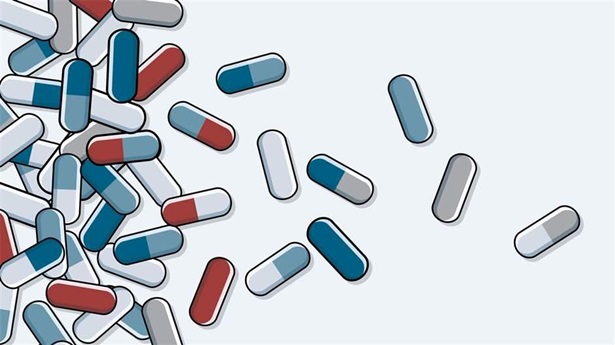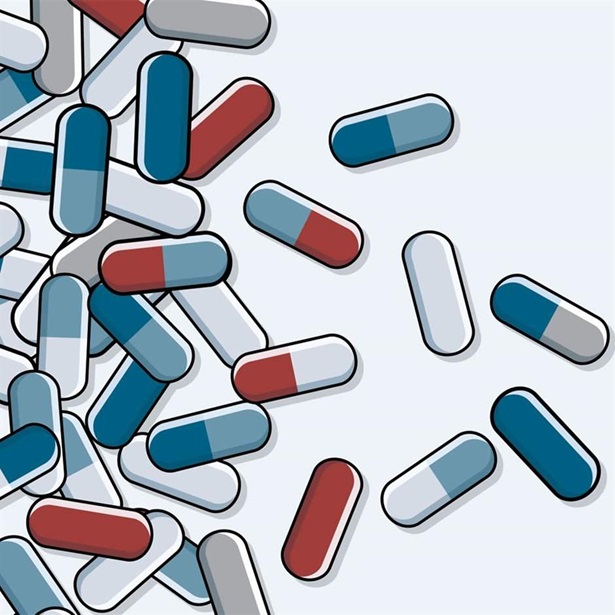Tiny Antarctic Krill Play Big Role in Climate Mitigation
New research shows Southern Ocean crustaceans are unsung heroes in carbon sequestration
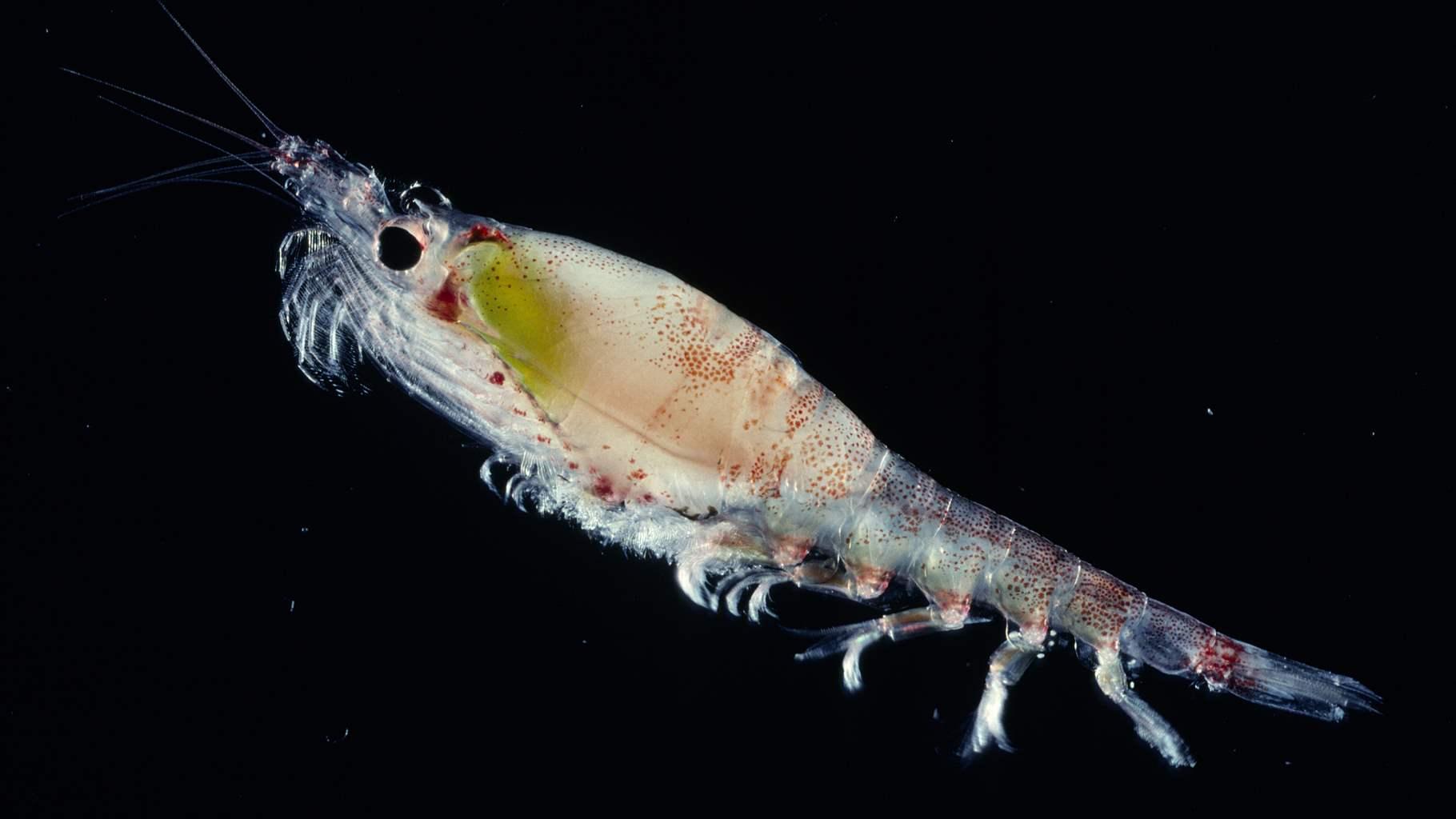
Antarctic krill (Euphausia superba) are gaining attention as the animal species with the largest biomass on the planet. Although each individual grows to no more than 2 inches long, these oceanic crustaceans form massive swarms that can be seen from space. They’re also prey for many species, including whales, seals and penguins, and are key to the Southern Ocean ecosystem.
Now, new research published in Nature Communications shows that these tiny creatures play a huge role in mitigating global climate change by depositing carbon in the deep ocean.
Krill, as individuals and massive swarms—some of which cover up to 100 square kilometers—feed on carbon-filled phytoplankton at the ocean’s surface, according to the research, which was led by Emma Cavan, a research associate in ecosystem modelling at Imperial College London. The animals then release a “rain” of faecal pellets—dense, compact waste particles that can sink quickly to the deep sea. Because krill mostly swarm in immense numbers, their contribution to carbon transport can be huge. In the Southern Ocean, any carbon that reaches depths of about 800 to 1,400 meters enters deep water currents, where it remains for decades, the researchers concluded. In addition, krill—in a behavior known as diel vertical migration—move between shallow and deep areas multiple times during night feeding, which may increase the chance of faecal pellet export deep into the water column.
Because larval krill in the Southern Ocean live near sea ice and travel much deeper than adults on a daily basis, the young krill likely exhale carbon dioxide and release faecal pellets into the deep, acting also as important players in the carbon sink. Carbon export can be much greater where seasonal winter sea ice forms, the study found.
Krill feeding can also break down phytoplankton cells, releasing nutrients such as iron and ammonium into the water in a process known as “sloppy feeding,” the researchers wrote. If these nutrients are released near the surface, they can fertilize the oceans and stimulate phytoplankton growth and uptake of carbon dioxide from the atmosphere into the surface layer of the ocean.
Additionally, predators including humpback and blue whales absorb carbon from krill and store it in their body mass. That carbon stays in the whales—often for decades—until they die, sink to the seafloor, and are consumed by deep-sea organisms.
“The importance of krill in ocean nutrient cycles is not widely known or recognized,” said Cavan. “Yet fishing for krill and changes to their habitat through climate change will have unknown consequences on ocean nutrients and atmospheric carbon dioxide levels. This study highlights that krill fishery management, and hopefully in the future other fisheries, should include the safeguarding of nutrient cycles as an additional motive to manage fisheries.”
Cavan discusses other ways in which krill are important ecologically and economically on her blog.
Even with Cavan’s new research, experts don’t yet fully understand how krill fishing affects nutrient fertilization and the carbon sink in the cold waters surrounding Antarctica. The krill fishery is the largest in the Southern Ocean and is regulated by the Commission for the Conservation of Antarctic Marine Living Resources (CCAMLR). Cavan’s research shows the influential nutrient cycling role of both adult and larval Antarctic krill and that these invertebrates are critical for regulating climate change.
This issue is becoming increasingly urgent: A report released last month by the U.N. Intergovernmental Panel on Climate Change (IPCC) revealed that the ocean and the Earth’s ice-covered regions are warming at an alarming rate. The report recommended that global leaders increase both the size and number of marine protected areas (MPAs). This year’s annual CCAMLR meeting—Oct. 21 to Nov. 1 in Hobart, Tasmania—is the first opportunity for member governments to heed the IPCC’s guidance and designate additional MPAs.
Fortunately, CCAMLR has agreed to apply the precautionary mandate to managing krill fishing—which ensures that management decisions account for uncertainties and strive to minimize the risk of long-term negative impacts on the ecosystem, rather than delaying decisions until all data are available.
As Cavan’s research makes clear, CCAMLR should protect krill nursery areas and areas of seasonal sea ice cover. The commission can do this by designating a network of MPAs, with a priority on designating the proposed Antarctic Peninsula MPA that would safeguard the area where the Antarctic krill fishery is currently concentrated. A regional network of marine protections offers the opportunity not only to conserve the Southern Ocean ecosystem, but also to mitigate the impacts of global climate change.
Andrea Kavanagh directs The Pew Charitable Trusts’ campaign to protect Antarctica’s Southern Ocean.
